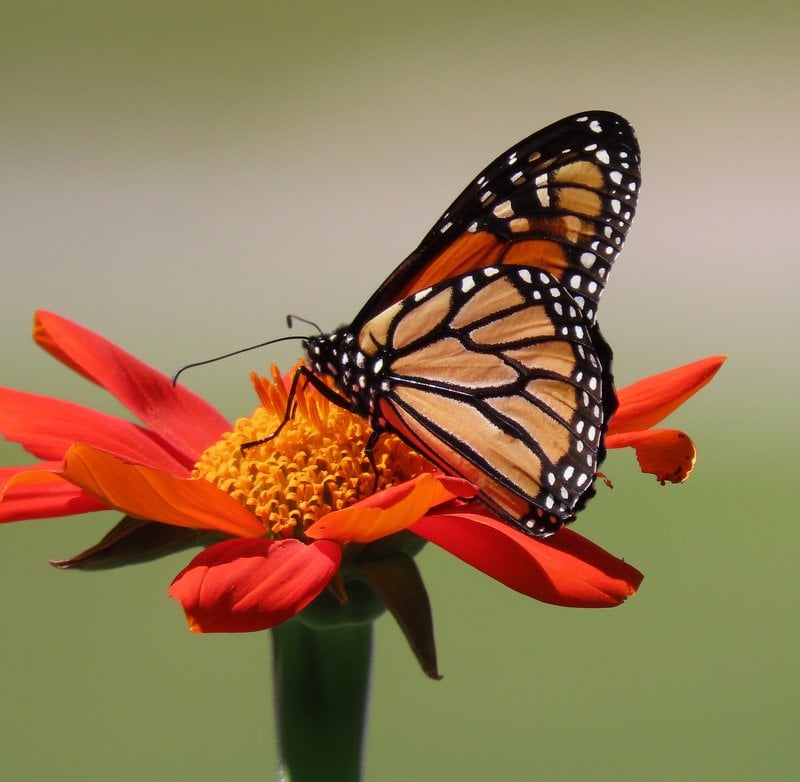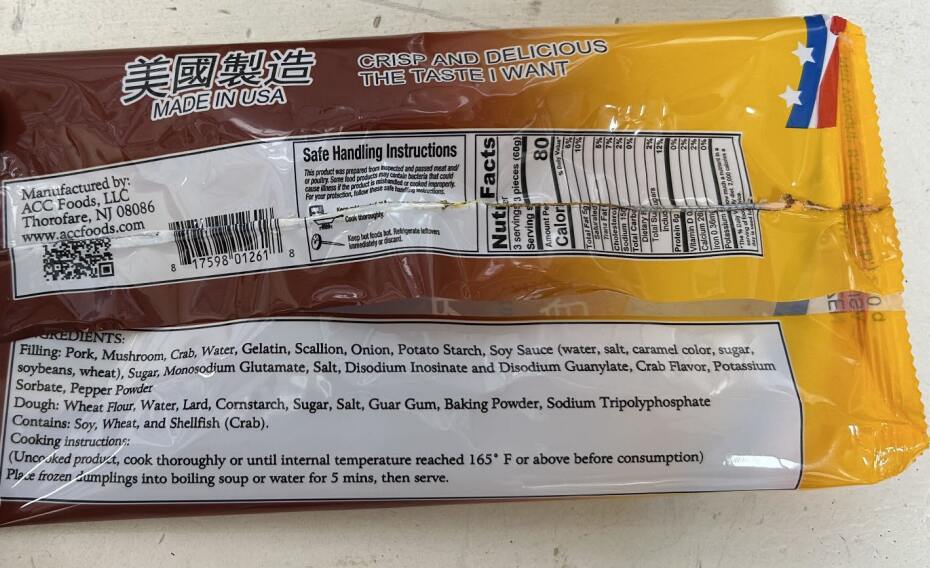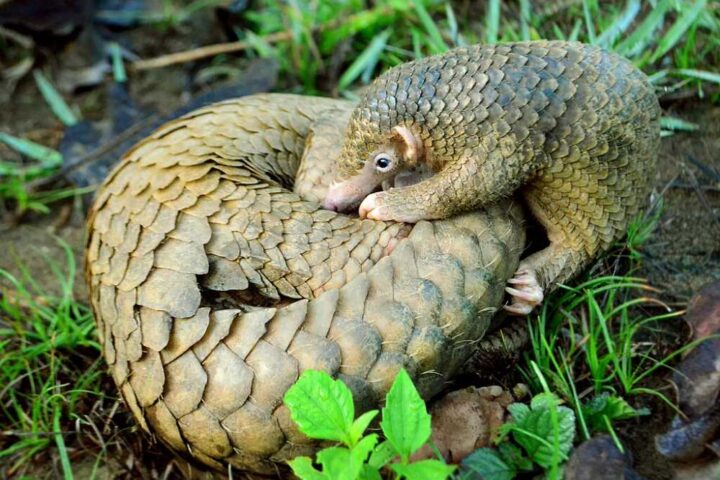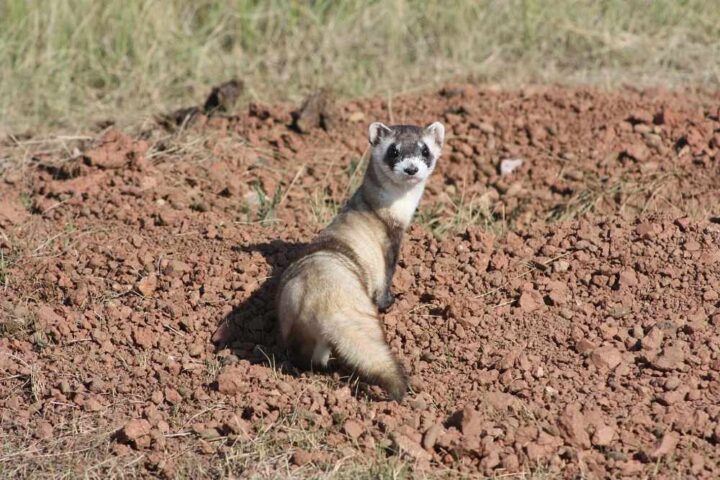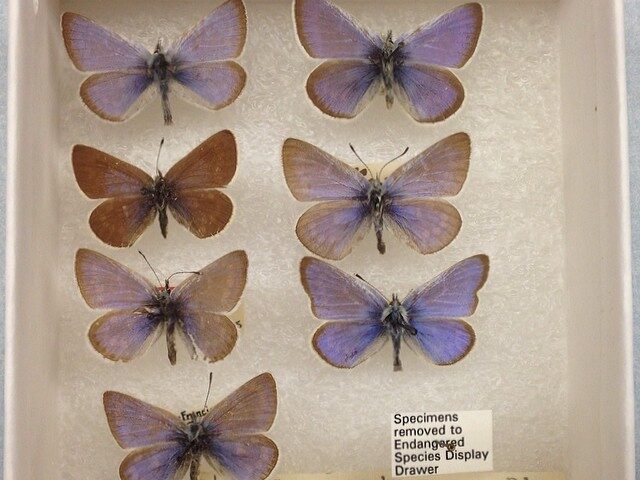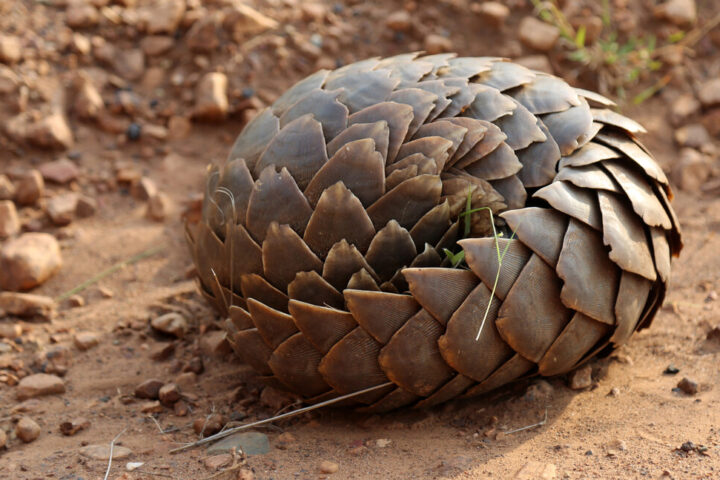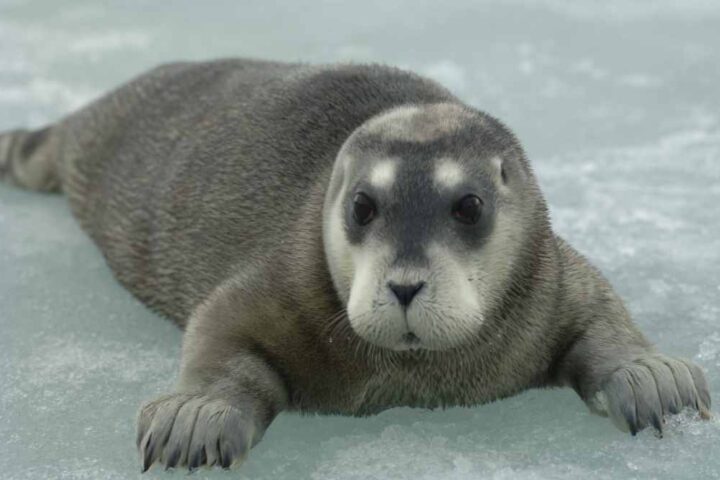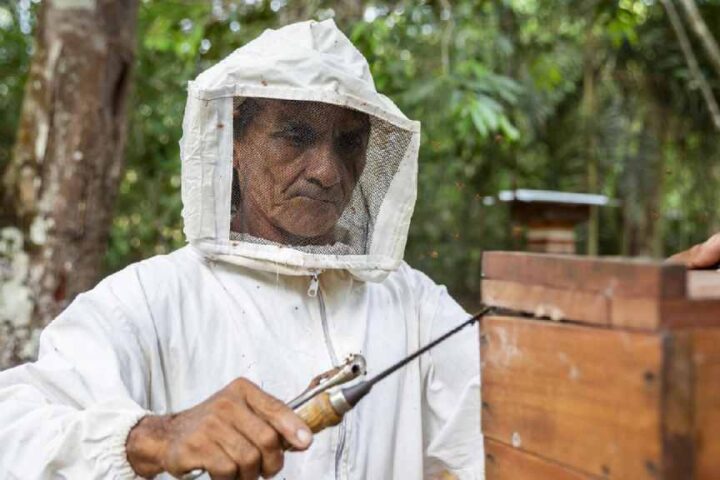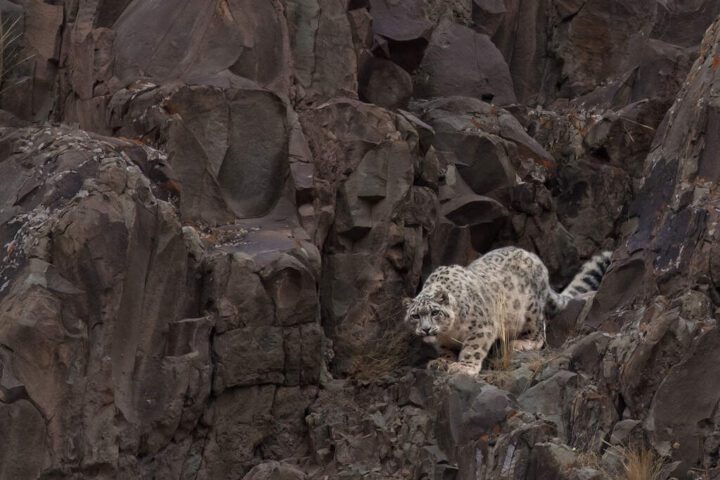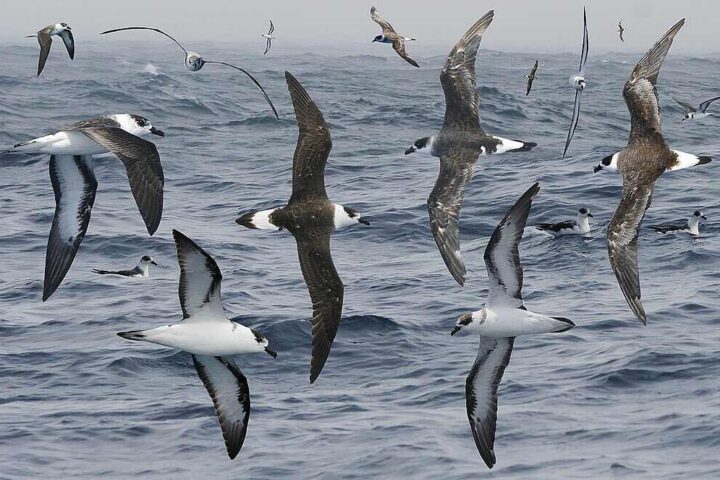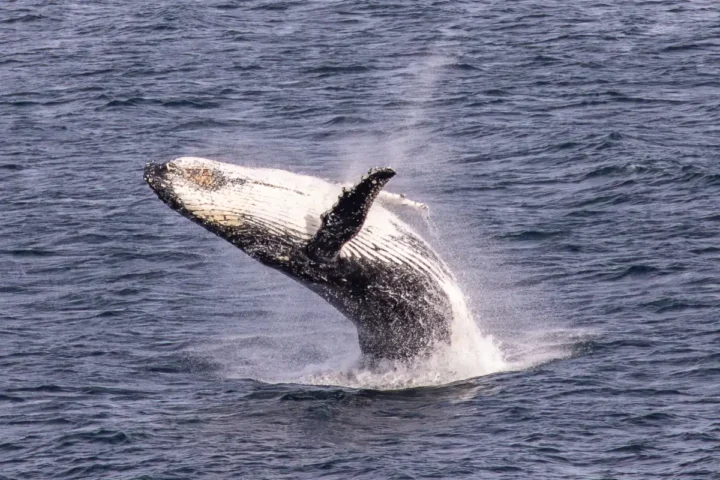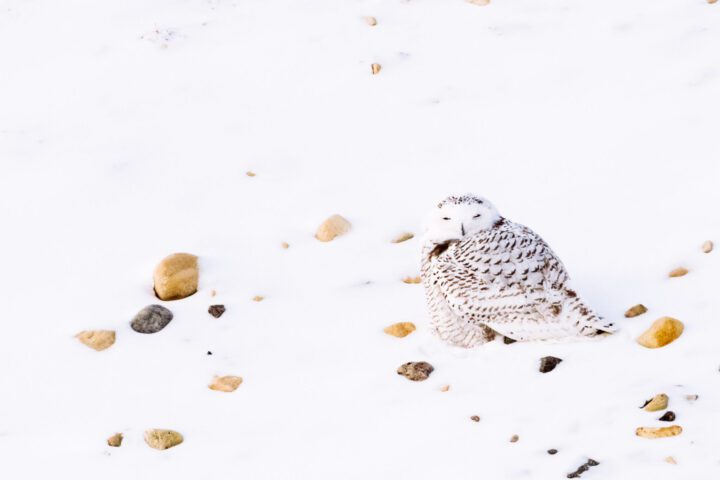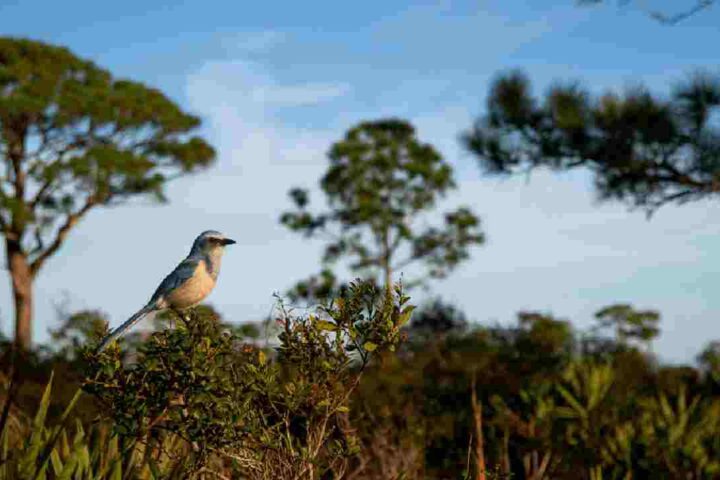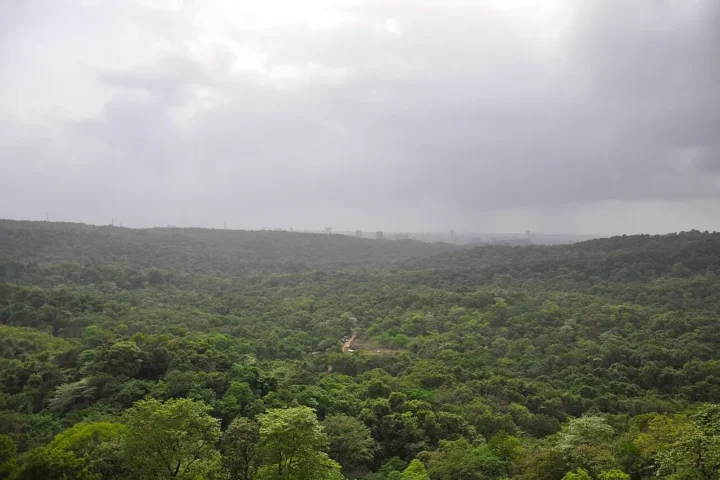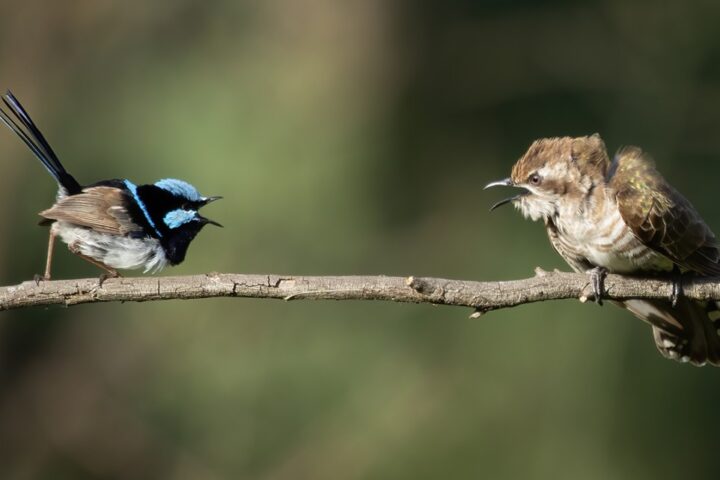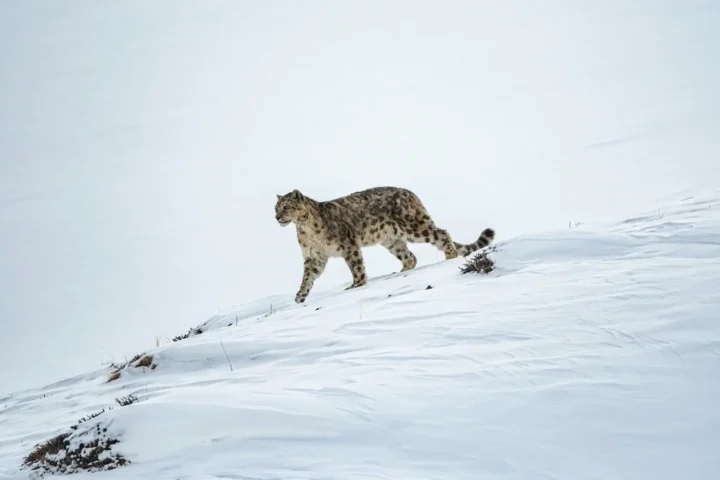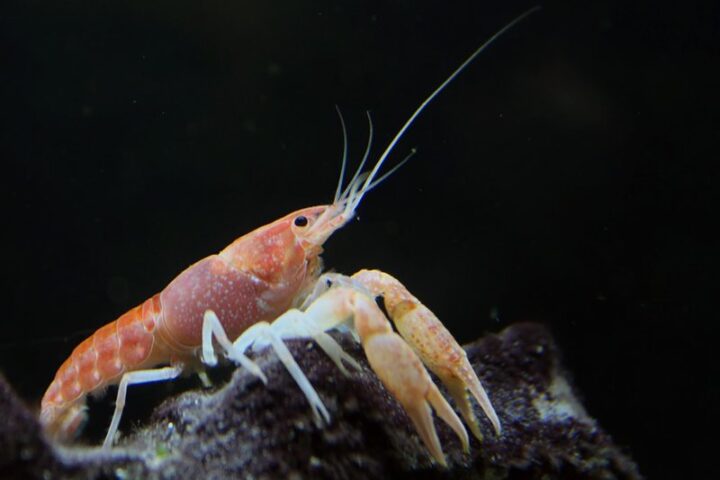A new proposal from the Trump administration could significantly weaken habitat protections for endangered and threatened species across the United States. The U.S. Fish and Wildlife Service and National Marine Fisheries Service want to change how the word “harm” is defined under the Endangered Species Act (ESA), a move that environmental groups say could threaten wildlife already at risk of extinction.
For over 50 years, the ESA has prohibited actions that harm endangered species, including damage to their habitats. This protection has been vital for species recovery efforts. The current proposal would remove habitat destruction from the definition of harm, limiting prohibitions to only direct actions that kill or injure animals.
“The Trump administration is threatening the survival of some of America’s most iconic animals with this devastating habitat proposal,” said Noah Greenwald, endangered species co-director at the Center for Biological Diversity. “You simply can’t protect species without protecting the places they live.”
The administration claims this change would align with what they consider “the single, best meaning of the ESA,” referencing a 1995 dissent from the late Supreme Court Justice Antonin Scalia. Critics argue this interpretation contradicts decades of established protection practices and legal precedent, including a Supreme Court ruling from the same year that upheld the broader definition of harm.
The Center for Biological Diversity has identified 10 endangered animals particularly at risk from the rule change, including Florida panthers, eastern hellbenders, chinook salmon, manatees, and spotted owls. However, experts warn that virtually all endangered animals would be affected if habitat protections are stripped away.
“The Endangered Species Act is one of the world’s most effective conservation laws but Trump is threatening to cut it off at the knees,” Greenwald added.
Similar Posts
Jonathan Wood, vice president of law and policy at the Property and Environmental Research Center, noted that while some landowners welcome the change, it could have mixed results without additional reforms. “There are gonna be some cases where landowners are more willing to invest in habitat restoration because they have fewer regulatory fears,” he said. “There’s gonna be a lot of areas where landowners destroy habitat without any benefit to the species.”
Species like Preble’s meadow jumping mice in Colorado, desert tortoises in the Southwest, Northern long-eared bats in Wyoming, and many migratory birds could lose critical habitat protections. Wood explained that private landowners would be free to harvest timber or make other habitat changes when animals aren’t physically present, regardless of how this affects their ability to reproduce or find food later.
Even species not currently listed as endangered could feel ripple effects. Greater sage-grouse conservation efforts, for example, are currently supported by voluntary measures from landowners who want to avoid potential future regulations. If those regulatory concerns disappear, motivation for voluntary conservation might decrease.
The proposal comes as the administration has made other changes to clear the way for increased logging, mining, and oil and gas production on various lands. Environmental groups are preparing legal challenges if the rule is finalized.

The public can comment on the Fish and Wildlife Service proposal through May 19. The agency has already received nearly 25,000 comments in less than a week, indicating strong public interest in the issue.
